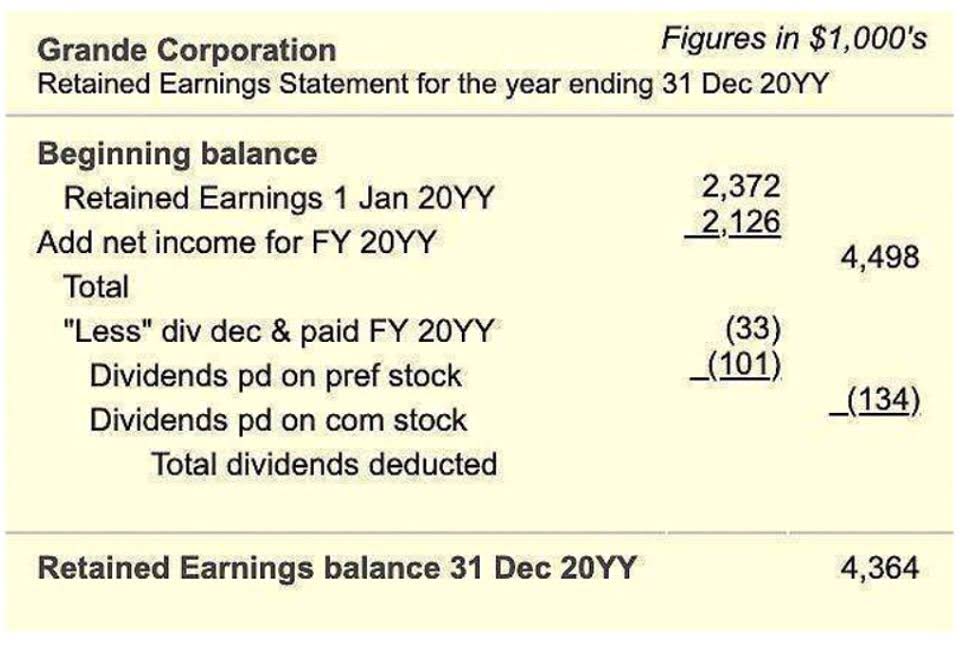
This method can be applied to individual products or services to understand how much of your revenue is actual profit. To find your profit, subtract your total expenses from your total revenue. Navigate the labyrinth of operating costs with practical tips on cost control. From optimizing operational processes to negotiating with suppliers, master the art of minimizing expenses. Uncover the hidden pitfalls of profit calculation, starting with the cardinal sin of overlooking costs. https://regionstudio.com/forcepoint-email-security-reviews-ratings-2025-2/ Avoid this common trap and ensure your financial reports reflect the true health of your business.
Financial Controller: Overview, Qualification, Role, and Responsibilities

Understanding accounting profit helps in decision-making, financial planning, tax reporting, and assessing the viability of a business. However, for a more comprehensive picture of profitability, businesses must also consider economic profit, which factors in both explicit and implicit costs. While accounting profit provides a direct measure of a business’s financial performance based on explicit costs, it is distinct from economic profit.
The Importance of Accounting Profit in Business Analysis
It’s typically used to evaluate how efficiently a company manages labor and supplies in production. Gross profit will Medical Billing Process consider variable costs, which fluctuate compared to production output. A company’s gross profit will vary depending on whether it uses absorption or variable costing. Absorption costs include fixed and variable production costs in COGS, and this can lower gross profit. Variable costing includes only variable costs in COGS, and generally results in a higher gross profit because fixed costs are treated separately. A portion of fixed costs is assigned to each unit of production under absorption costing, which is required for external reporting under generally accepted accounting principles (GAAP).
How can I improve my net profit margin?
Profit margins are percentages that help measure the profitability of a business and come in different forms, such as gross profit margin, operating profit margin, and net profit margin. Regularly calculate accounting profit, ideally on a monthly basis. This frequency provides timely insights into your business’s financial performance, enabling proactive decision-making. Accounting profit is calculated by subtracting total explicit costs from total revenue.

These additional expenses are deducted to arrive at your net profit (aka net income). Yes, depreciation can impact accounting profit by reducing the value of assets over time. Different depreciation methods influence profit margins differently. Gross profit helps evaluate how well a company manages production, labor costs, raw material sourcing, and manufacturing spoilage. Net income assesses whether the operation is profitable when administrative costs, rent, insurance, and taxes are included. If businesses fail to calculate this amount correctly, they will end up reporting and paying an inaccurate tax amount to the government.
Taxable Profit
To calculate economic profits, one must account for the alternative actions that could’ve taken place when making a decision. On the other hand, accounting profits do not consider opportunity costs but is instead calculated based on measurable book values. Thus, economic profits are often used to best assist management with decision-making.

If your profits and margins need improvement, it could be time for other changes. You can start by examining ways to increase profit by decreasing expenses. Things like renegotiating contracts, shifting production schedules, or hiring new employees can all affect your revenue and expenses. For example, mixing personal expenses with business costs or incorrectly categorizing calculate accounting profit expenses can lead to inaccurate margins.
Net Profit Margin
- Another term you might come across when researching accounting profit is economic profit.
- Several factors can affect accounting profit, including total revenue, operating expenses, interest expenses, depreciation, and taxes.
- This difference is what separates accounting vs. economic profit.
- Unlike accounting profit, you can’t get this figure from a corporate financial or income statement.
- Standardized income statements prepared by financial data services may show different gross profits.
The main difference between accounting profit and economic profit lies in their definitions and the costs they consider. Accounting profit is calculated by subtracting explicit costs from total revenue, while economic profit accounts for both explicit and implicit costs, including opportunity costs. Economic profit provides a more comprehensive view of profitability by considering the potential income lost from alternative uses of resources. Understanding both concepts helps businesses assess their financial performance more accurately. Accounting profit is a key metric for evaluating a business’s financial performance. By subtracting explicit costs from total revenue, businesses can determine how much profit they are generating from their operations.
How can a company improve its accounting profit?
The Accounting Profit Calculator is a practical, easy-to-use tool that streamlines the process of calculating accounting profit. It offers business owners, accountants, and financial analysts a quick way to assess profitability by considering all explicit costs. Understanding and monitoring accounting profit is vital for strategic planning, tax compliance, and performance evaluation. Both accounting and economic profit are calculated using explicit costs — that is, expenses actually incurred. But economic profit also considers implicit cost, which is the fancy accounting term for opportunity cost . Accounting profit is the foundation of business financial analysis.
